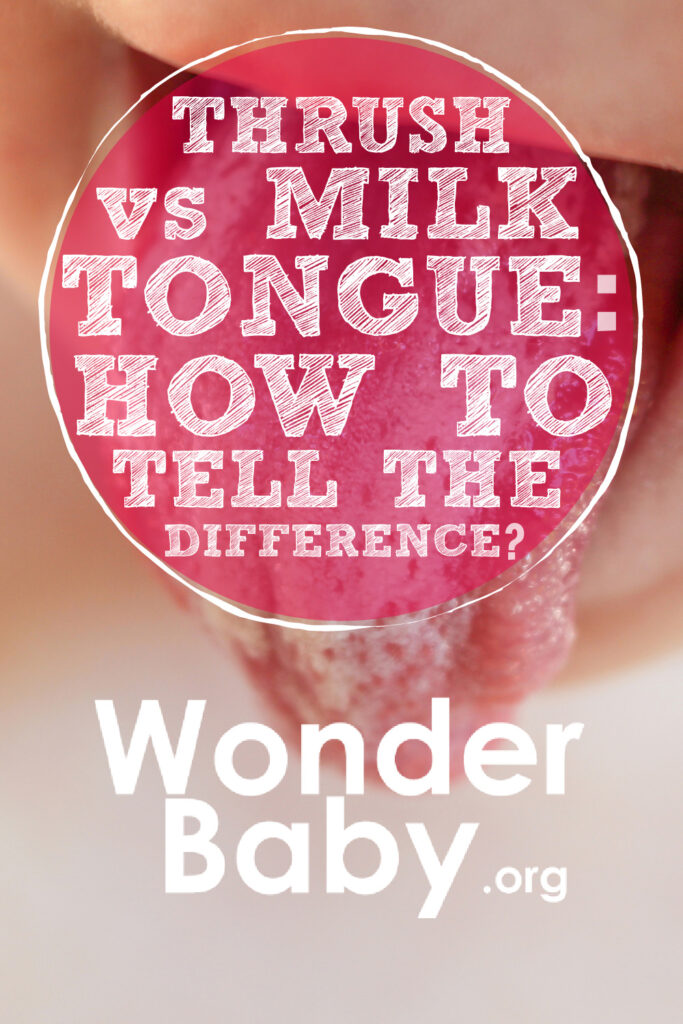Cool Tips About How To Tell If Baby Has Thrush

Initially, these spots are painless, but they can.
How to tell if baby has thrush. You know if your baby has thrush if you notice white patches on your baby's mouth, tongue or throat. Look in your baby’s mouth. Oral thrush causes redness and irritation of the mucous membranes and often has the appearance of a creamy white.
Products & services. Candida is found naturally on the skin and in the mouth. You'll be able to tell that they're not just milk residue, because you can't.
The coating is different to milk which can be wiped off their tongue. And if your baby is older, your doctor may suggest adding lactobacilli (a probiotic bacteria) to her diet. A baby with oral thrush might have cracked skin in the corners of the mouth or white patches on the lips, tongue, or inside the cheeks that look a little like cottage cheese but.
Lactobacillitrusted source act like “good” bacteria to. If your baby has thrush, you'll see white spots or patches of what look like cottage cheese in her mouth. How to know if my baby has thrush?
Signs to look for include: Symptoms of thrush in babies. Signs of thrush in babies include white patches or spots in the mouth, a diaper rash that doesn’t go away, and fussiness during feedings.
A white coating or patches of white on the tongue, gums, inside cheeks or roof of the mouth can be a sign of thrush — or they can simply. The spots may join together to form larger spots called plaques. Here's how to manage feeding your baby when.
Thrush is caused by a type of fungus called candida. That said, check with your healthcare provider first. Babies may have a white or grey coating on their tongue and white or red spots on the inside of their cheeks.
When breastfeeding becomes painful, or your baby suddenly goes on strike and won't feed, thrush could be the culprit. Thrush is a fungal infection that occurs in the mouth and throat. One of the first signs you notice could be that your baby isn't feeding as well as usual, or he seems to be finding it uncomfortable or painful.
If your child has oral thrush, you might notice that they have white spots and patches that look like cottage cheese on their tongue, inner cheeks, lips, gums or roof of. White patches or spots usually develop in your baby's mouth and on their tongue. If you’re breastfeeding and have itchy, cracked, or sore nipples, or intense shooting pains in the nipples or breasts, these symptoms could indicate that you have thrush.
One of the first possible signs of oral thrush that you notice could be that your baby isn’t feeding as well as usual or seems to be finding it uncomfortable. White patches inside your baby's mouth. Mayo clinic book of home remedies.


















